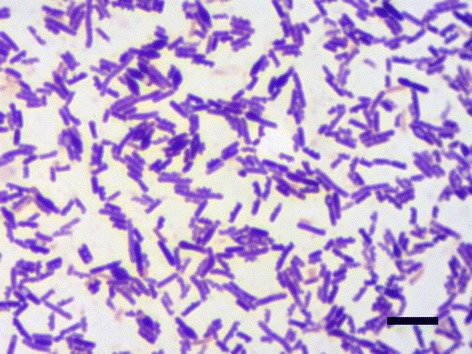Clostridium Sporogenes
Clostridium Sporogenes is one of the bright pink, rod shaped
bacteria that appear on a microscope, ater a gram stain test. This is why it is
classified as a gram-positive bacteria, meaning, it has a protective layer made
from a peptidoglycan cell wall. It can further protect itself by encapsulating itself
into endospores.This protection is highly needed since the bacterium is an
obligate anaerobe, meaning oxygen damages its DNA and organelles.[1]
Kingdom: Bacteria
Genus: Clostridum
Species: C.sporogenes

Clostridium is also quite notable for thriving without the
presence of glucose. It uses the “Stickland fermentation” pathway to effectively
obtain energy from amino acids. Expired meat or improperly canned foods are susceptible
to spoilage. This is not a huge issue with Clostridium sporogenes but for its
close relative, C. botulim, a risk of spoilage would include food poisoning
outbreaks.
Luckily, the sporogenes strain is actually beneficial to
humans: It lives in the colon fermenting the amino acid tryptophan into a
potent antioxidant called IPA.[2]
[1]
“Clostridium
Sporogenes: Symptoms & Treatment.” Study.com. Accessed March 10,
2017.
http://study.com/academy/lesson/clostridium-sporogenes-symptoms-treatment.html.
[2]
“Clostridium
Sporogenes - MicrobeWiki.” Accessed March 10, 2017. https://microbewiki.kenyon.edu/index.php/Clostridium_sporogenes.

No comments:
Post a Comment